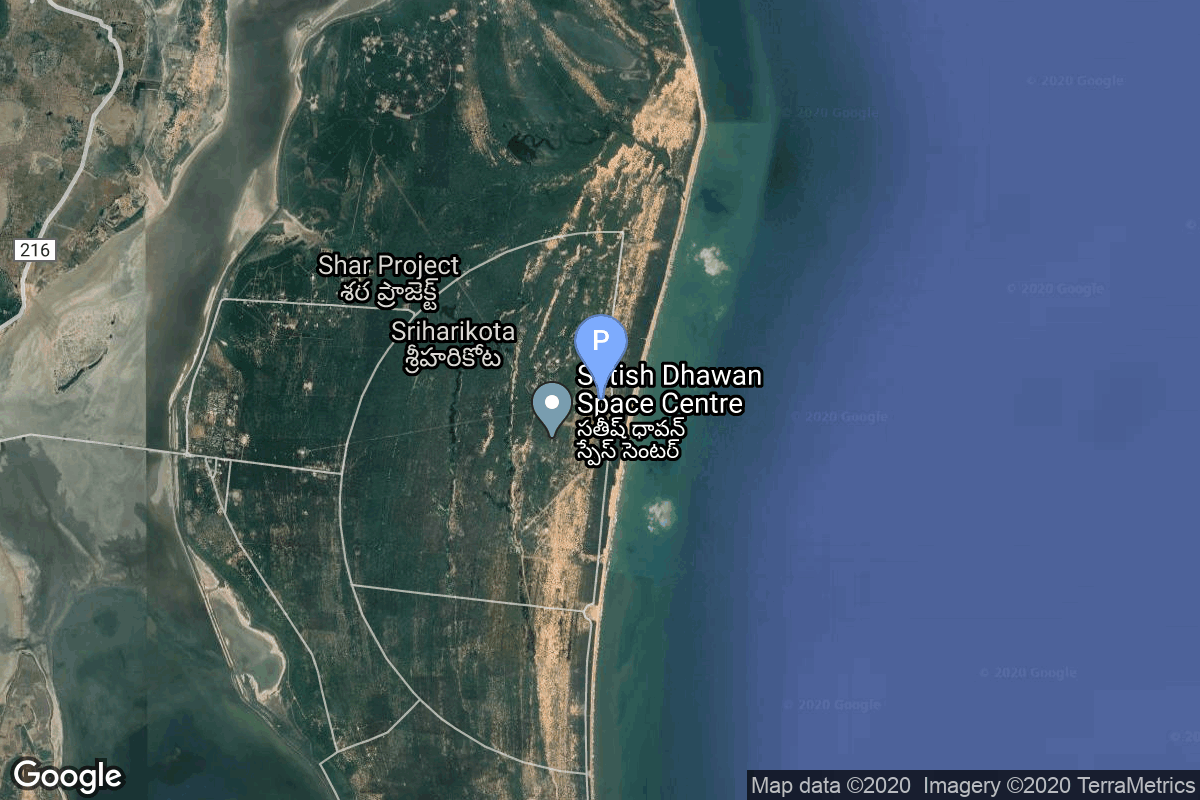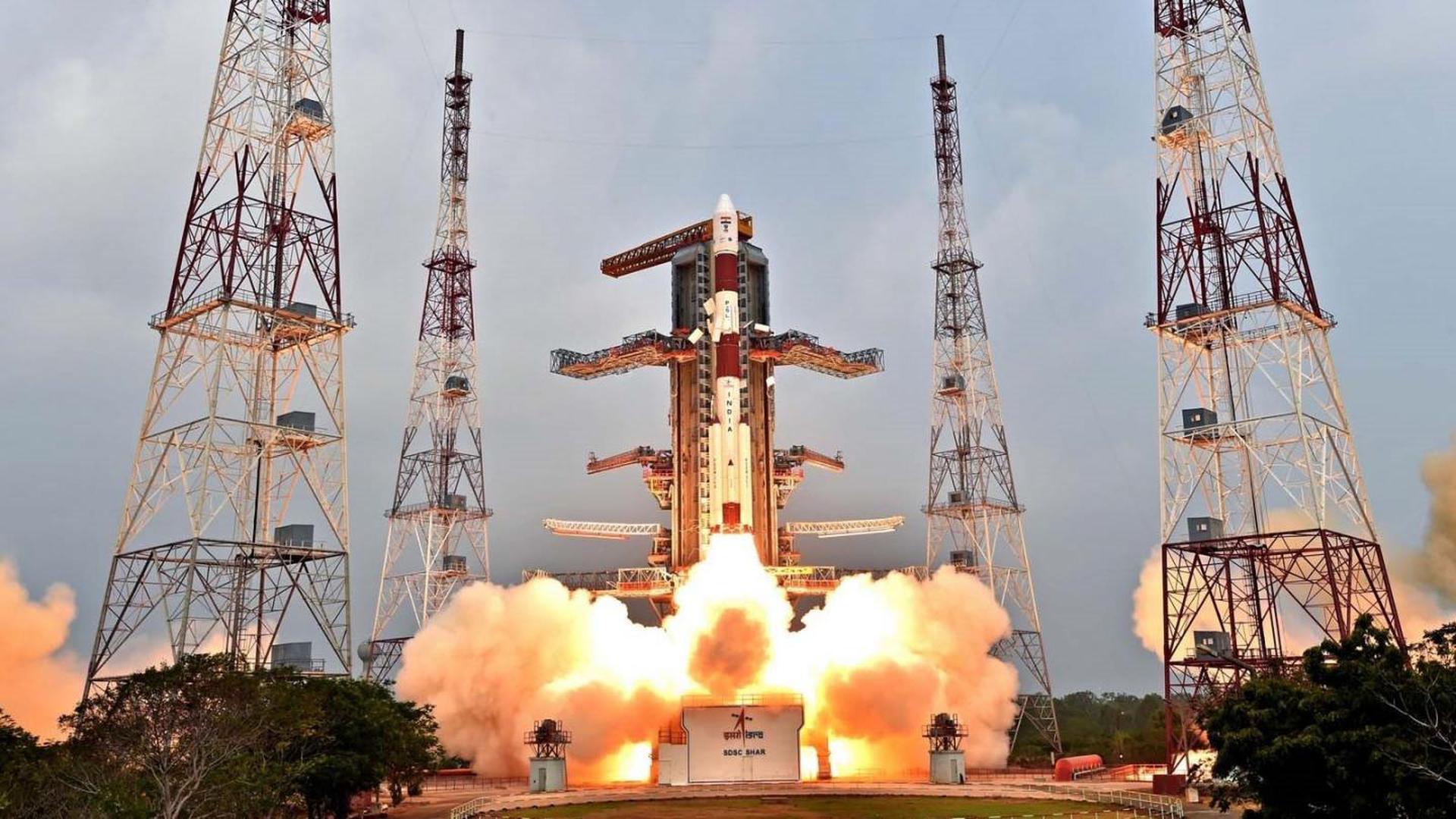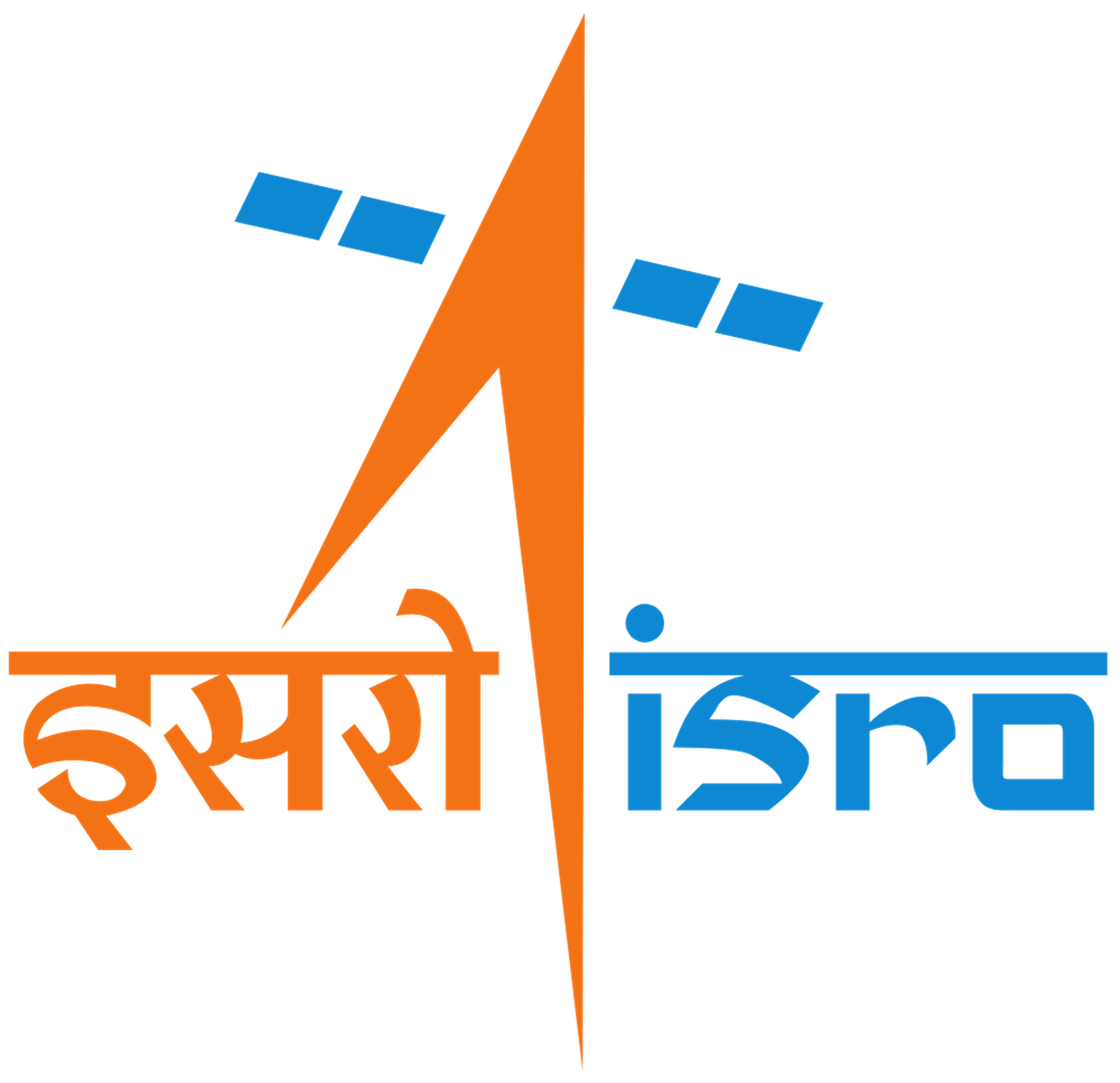EOS-09 (RISAT-1B)
PSLV-XL
Indian Space Research Organization
Rocket Launch Video
Rocket Launch Timeline
Enhance your rocket launch experience with a detailed timeline! From pre-launch preparations to post-launch milestones, a well-structured schedule ensures every step—payload prep, safety checks, and liftoff—runs smoothly. Stay informed and follow the action with precision.
| T- 00 : 00 : 03 | RCT Ignition Ignition of Roll Control Thrusters |
| T+ 00 : 00 : 00 | Ignition Start of the engine ignition sequence |
| T+ 00 : 00 : 00 | Booster Ignition Ignition of the solid rocket boosters. |
| T+ 00 : 00 : 00 | Booster Ignition Ignition of the solid rocket boosters. |
| T+ 00 : 00 : 25 | Booster Ignition Ignition of the solid rocket boosters. |
| T+ 00 : 01 : 00 | Booster Separation The side boosters are separated from the launcher. |
| T+ 00 : 01 : 00 | Booster Separation The side boosters are separated from the launcher. |
| T+ 00 : 01 : 32 | Booster Separation The side boosters are separated from the launcher. |
| T+ 00 : 01 : 00 | Stage 2 Separation Separation of the second stage from the first |
| T+ 00 : 01 : 00 | SES Start of the second engine |
| T+ 00 : 02 : 00 | Fairing Separation Separation of the payload fairing |
| T+ 00 : 02 : 00 | CLG Start Start of Closed Loop Guidance |
| T+ 00 : 04 : 00 | Stage 3 Separation Separation of the third stage from the second |
| T+ 00 : 04 : 00 | Stage 3 Ignition Third stage engine ignites. |
| T+ 00 : 08 : 13 | Kick Stage Separation Separation of the kick stage from the previous stage |
| T+ 00 : 08 : 00 | Kick Stage Ignition Start of the kick stage engine |
| T+ 00 : 16 : 00 | Kick Stage Cut-off Cut-off of the kick stage engine |
| T+ 00 : 17 : 00 | Payload Separation Final deployment of the payload from the rocket |
| T+ 00 : 37 : 00 | Kick Stage Ignition Start of the kick stage engine |
| T+ 00 : 45 : 00 | Kick Stage Cut-off Cut-off of the kick stage engine |
| T+ 01 : 22 : 00 | Kick Stage Ignition Start of the kick stage engine |
| T+ 01 : 31 : 00 | Kick Stage Cut-off Cut-off of the kick stage engine |
| T+ 01 : 32 : 00 | MON Passivation Start of Mixed Oxides of Nitrogen passivation |
| T+ 01 : 41 : 00 | MMH Passivation Start of Monomethylhydrazine passivation |
Mission
EOS-09 (RISAT-1B)
- Type: Government/Top Secret
- Orbit: Sun-Synchronous Orbit
RISAT-1B is the third in the series of radar imaging RISAT-1 satellites of ISRO using an active C-band SAR (Synthetic Aperture Radar), providing all-weather as well as the day-and-night SAR observation capability in applications such as agriculture, forestry, soil moisture, geology, sea ice, coastal monitoring, object identification, and flood monitoring, in addition to military surveillance.
The RISAT-1 series is developed, manufactured and integrated by ISRO. The 3-axis stabilized spacecraft bus consists of a hexagonal prism shape build around a central cylinder. Most of the spacecraft subsystems and the payload are integrated in the prism structure and the central cylinder. The solar panels and some subsystems are mounted on the cube-shaped section of the spacecraft.
3rd stage failure during burn.
Location
Satish Dhawan Space Centre First Launch Pad
Satish Dhawan Space Centre, India
Satish Dhawan Space Centre First Launch Pad has witnessed the launch of 62 rockets, including 61 orbital launch attempts. While Satish Dhawan Space Centre, India, has been the site for 99 rocket launches.
Satish Dhawan Space Centre – SDSC (formerly Sriharikota Range – SHAR),[1] is the primary spaceport of the Indian Space Research Organisation (ISRO), located in Sriharikota, Andhra Pradesh.
Rocket
Indian Space Research Organization PSLV XL
PSLV-XL is the upgraded version of Polar Satellite Launch Vehicle in its standard configuration boosted by more powerful, stretched strap-on boosters with 12 tonne propellant load. Weighing 320t at lift-off, the vehicle uses larger strap-on motors (PSOM-XL or S12) to achieve higher payload capability. On 29 December 2005, ISRO successfully tested the improved version of strap-on booster for the PSLV. The first use of PSLV-XL was the launch of Chandrayaan-1 by PSLV C11. The payload capability for this variant is 1,800 kg to SSO.
Agency
Indian Space Research Organization
The Indian Space Research Organisation (ISRO) is the space agency of the Government of India headquartered in the city of Bangalore. Its vision is to "harness space technology for national development while pursuing space science research and planetary exploration."


